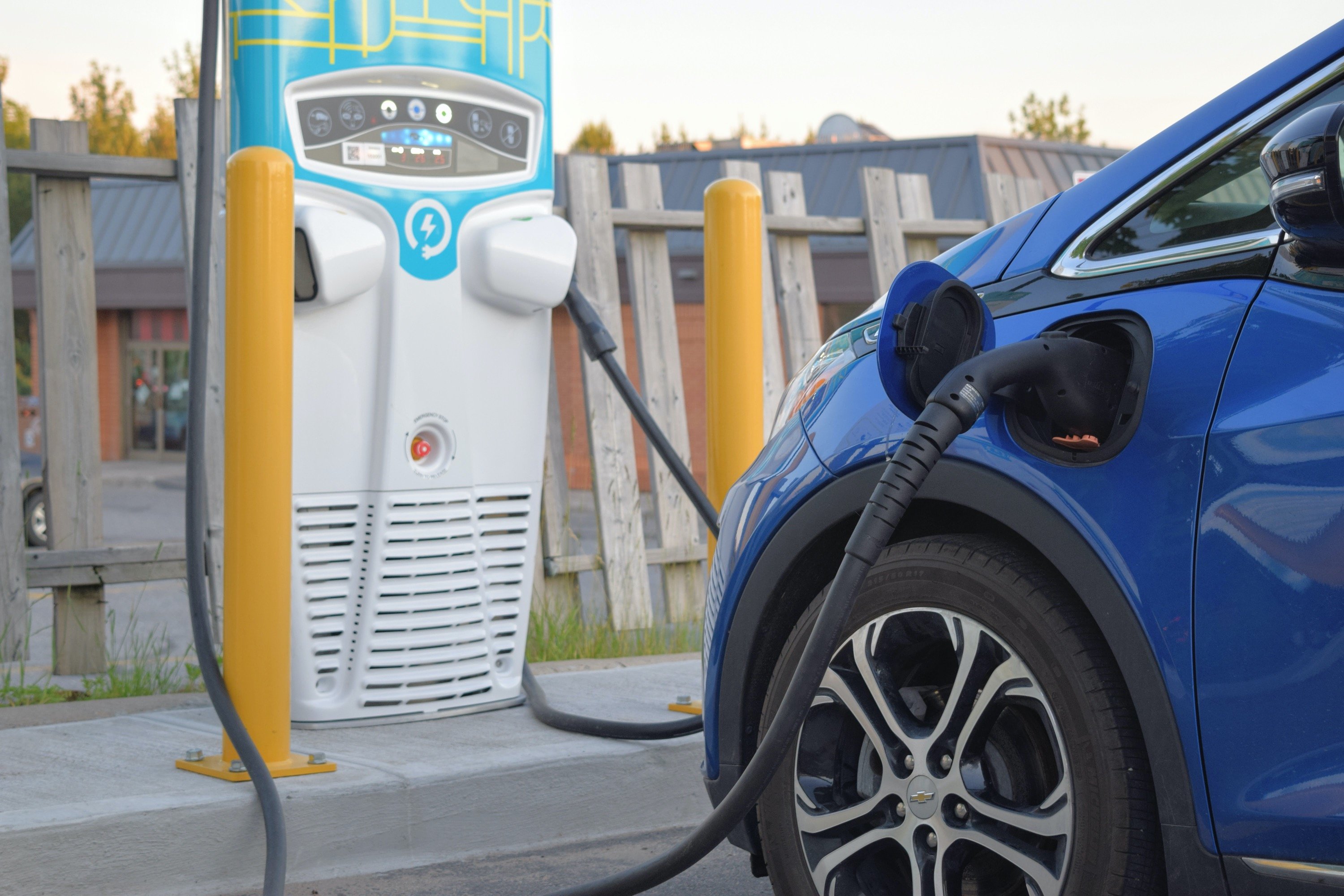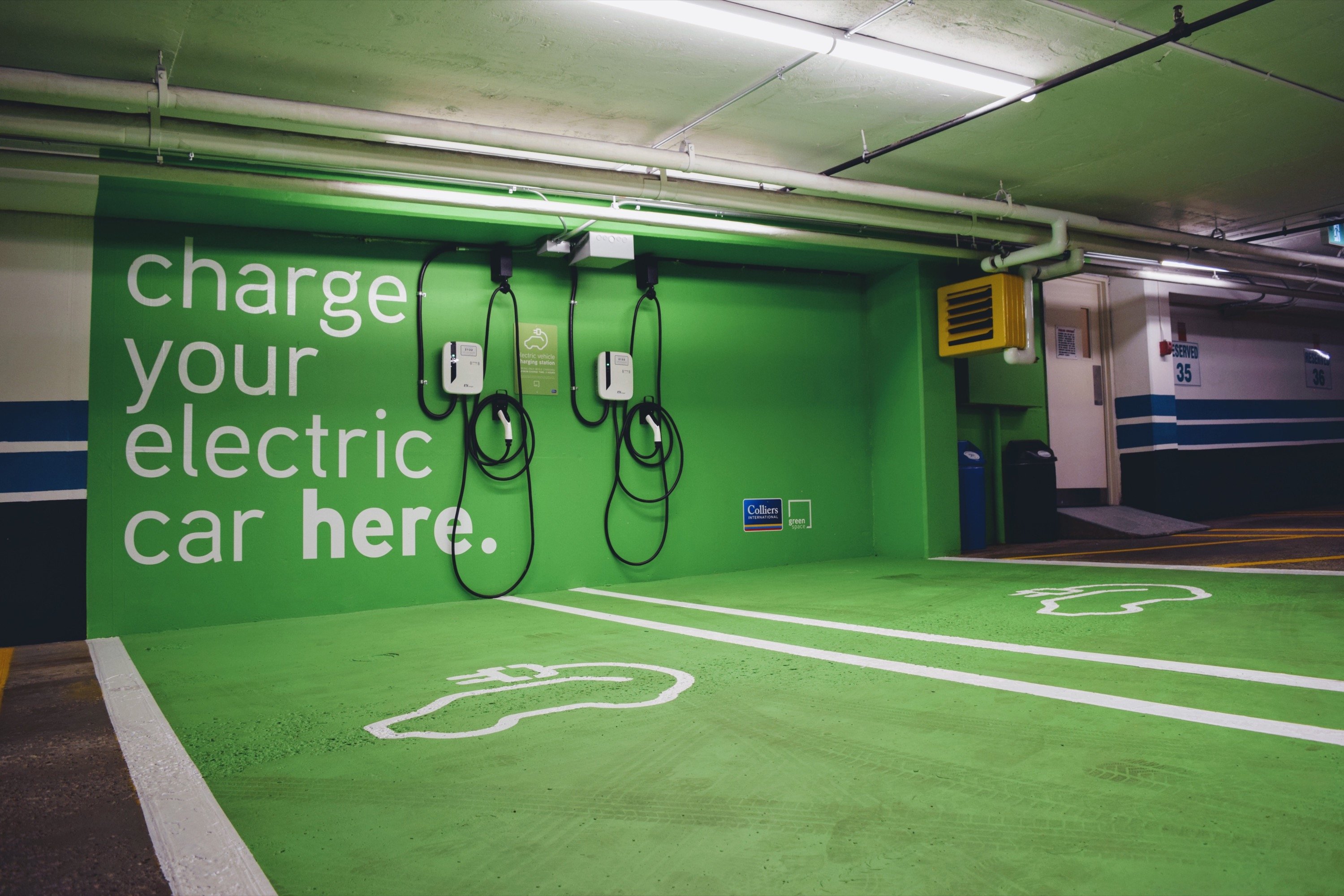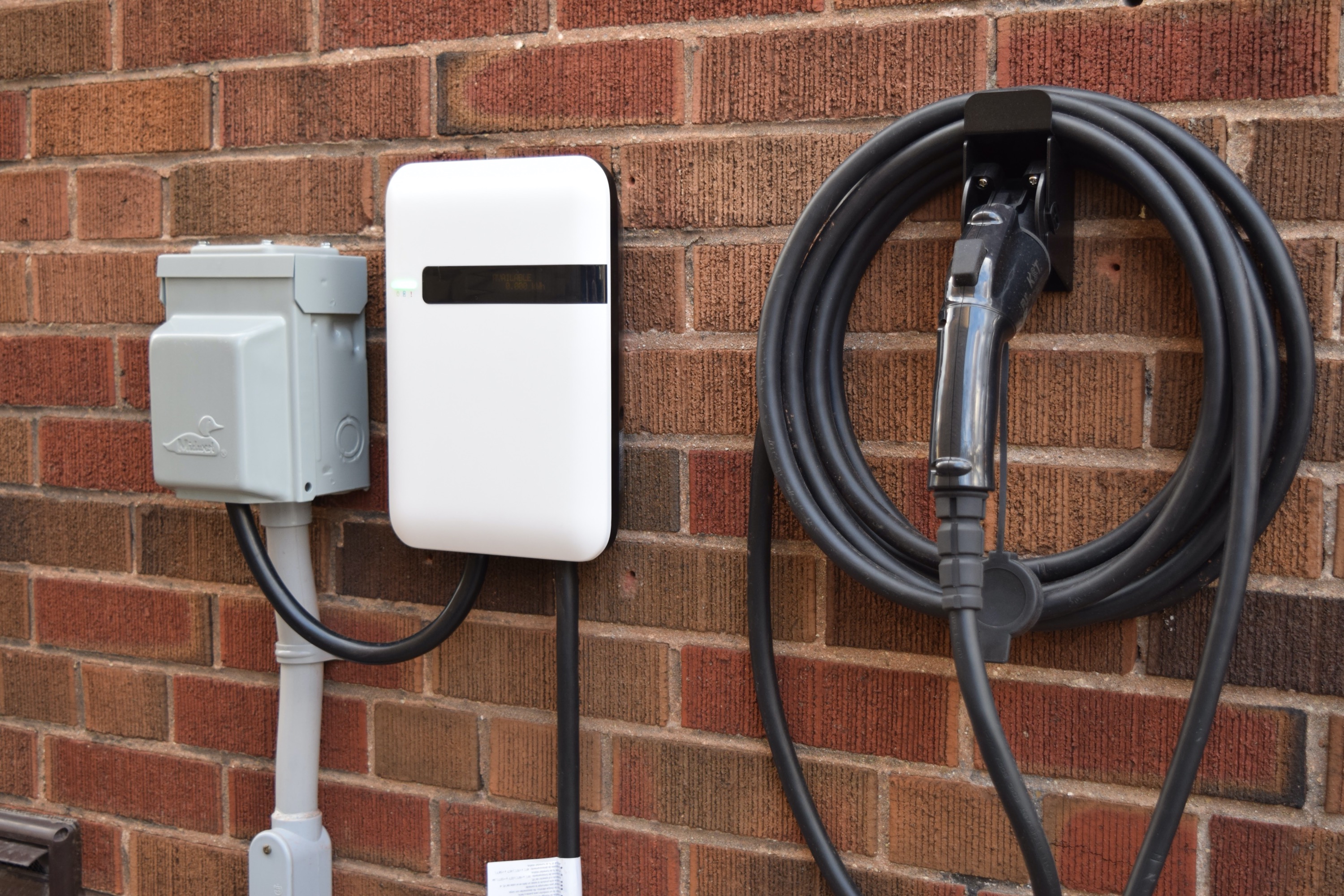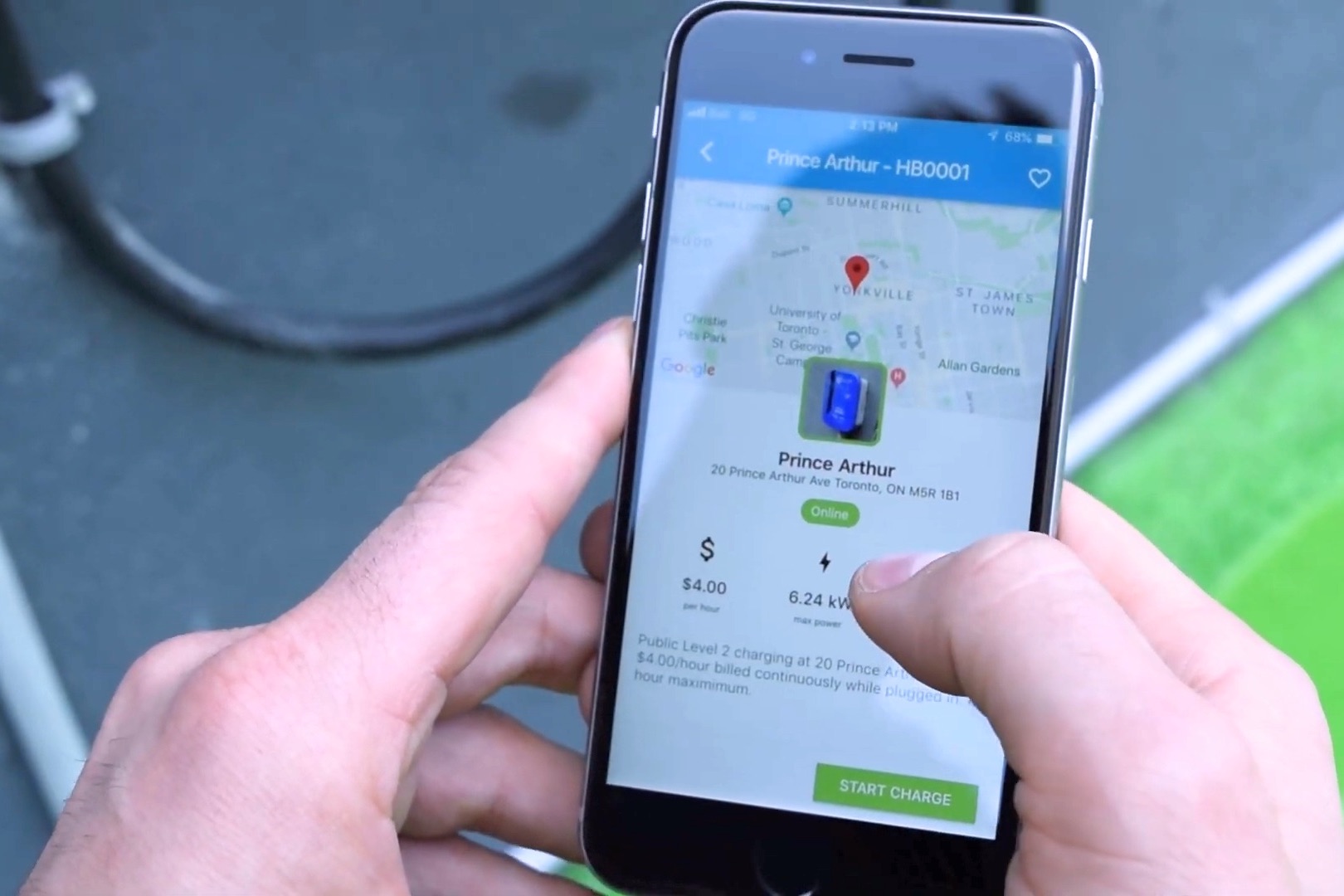Introduction to EV charging
Get to know the basics of charging your electric car.

In many ways refuelling an electric car is even simpler than filling up a gasoline vehicle. There is no odor or mess, no fuel grades to decide between, and you don’t even need to find a gas station. All you need is a connection to the same electricity grid that powers your lights, computer, or smartphone.
As long as you have access to electricity, there are only two other things you need to know: how to connect your vehicle, and how fast it will charge.
There are three charging speeds available to EVs on the market today:
Level 1 charging refers to charging through a standard 120V household outlet, the same kind of outlet used to charge your phone or plug in your TV, and provides about 5kms per hour of charging.
Level 2 charging requires a dedicated Level 2 charger at your home, workplace, or public charging location and can add 40km for every hour charged. Almost all EVs in North America use same standard connection port, called SAE J1772, for Level 1 and Level 2 charging.
Level 3 charging or DC fast charging, requires a more powerful grid connection than is built into private residences. Most DC fast chargers are found along highways and can charge a vehicle in as little time as 45 minutes. Level 3 charging also requires a different standard of connection ports. The J1772 Combo (CCS) can be found on EVs made in America and Europe, while the CHAdeMO connector is used on EVs made in Japan.
Telsa vehicles have the same charging levels but its own charging standard. However, Tesla drivers can purchase adaptors to take advantage of chargers with both types of J1772 and CHAdeMO connectors.




